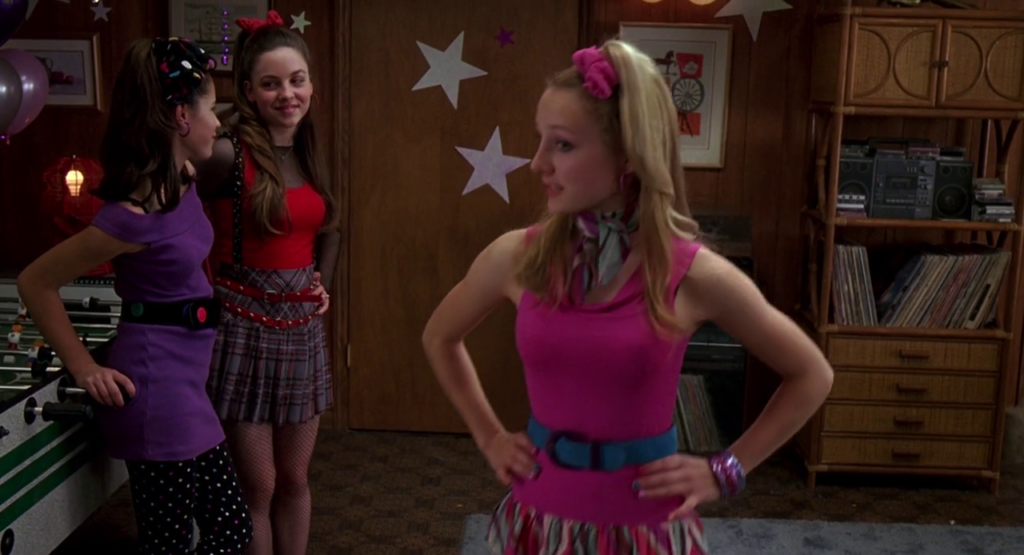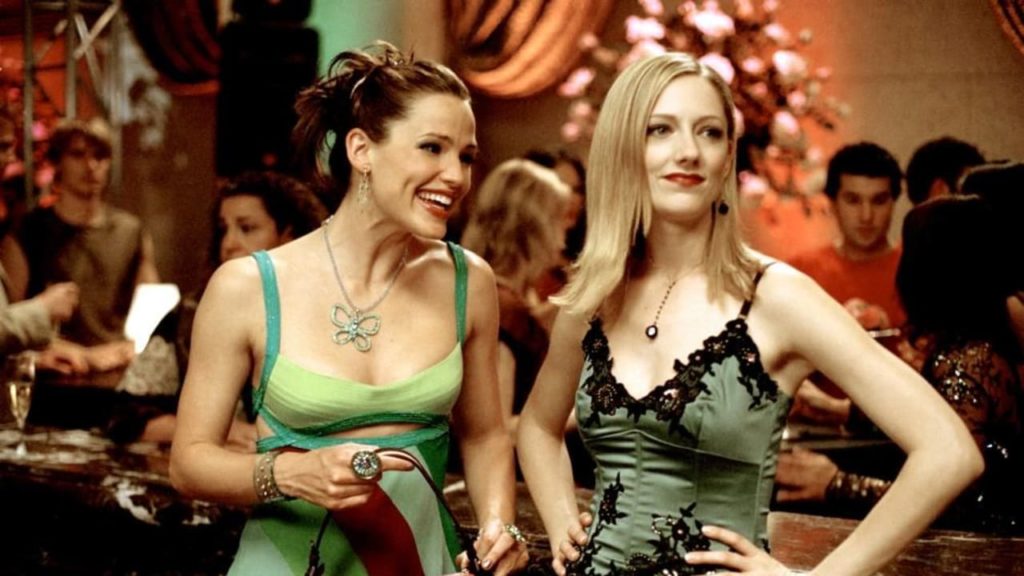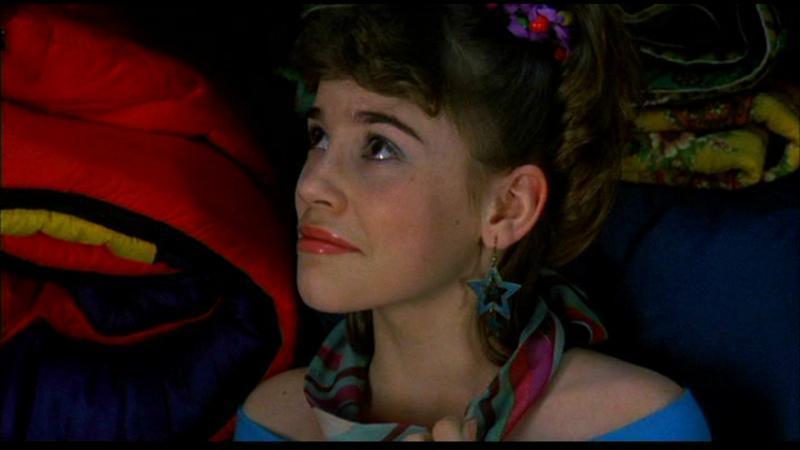'Riverdance: The Animated Adventure'
The animated musical adventure beings fantasy and magic to viewers as they follow Keegan and Moya.


13 Going On 30 is a romantic comedy film that shows teenagers what adolescence and adulthood are both like. Jennifer Garner stars as a young 13-year-old girl who finds herself inside the body of a 30-year-old woman. Throughout the film, viewers will discover that the reality of adulthood is different from what many teenagers fantasize about. Some of the content in this movie is sexual, which makes this movie fit for teenagers and young adults.

There are many sexual references in the film that only teenagers and young adults can understand and relate to. For one, there is the “Seven Minutes in Heaven” game that the “Six Chicks” trick Jenna Rink into playing at her 13th birthday party. Seven Minutes in Heaven is one of the iconic kissing games played at teenage parties, along with “Spin the Bottle” and “Post Office.” The closet that Jenna is forced to go into has a dollhouse on the top shelf, along with sparkling wishing dust. This tucked away space is one of the most symbolic elements of the film and determines Jenna’s transformation, future, and adult life. It’s first seen in 1987, when Jenna pushes Matty out of the closet and wishes to be “thirty, flirty, and thriving,” hence the title of the movie, “13 Going On 30.”
Another sexual reference is when the adult Jenna in 2004 has a quick encounter at the office with a co-worker’s husband. The 13-year-old Jenna, trapped inside the adult Jenna’s body, is shocked and disgusted when the husband starts kissing her while in her office in Manhattan. The husband is then kicked in the groin. In addition, 30-year-old Lucy Wyman uses words like “testicles”, “pregnant”, and “hungover,” words that sound inappropriate for younger viewers. These grown-up words more appropriately fit the struggles and awkwardness of adulthood.

The transition from 1987 to 2004 is a symbolic element centered on time that has major significance and fits the theme of “13 Going On 30.” In 1987, 13-year-old Jenna Rink is a typical adolescent girl who’s self-conscious about her body; this is shown when she stuffs tissues in her bra to fake having breasts. She wants to become part of the popular “Six Chicks” group and meet the popular boys in her class, but they only end up humiliating her at her birthday party and playing tricks on her. The “Six Chicks” group are shown following the latest fashion trends of the 1980s, including skirts, necklaces, and half ponytails.
In 2004, Jenna finds out that she got everything she ever wanted, except for Matty. However, Jenna realizes that she is unhappy with her adult life and discovers that she isn’t the same person that she was at 13. Jenna says, “I don’t have any real friends, I did something bad with a married guy, I don’t talk to my mom and dad, I’m not a nice person. And the thing is, I’m not 13 anymore.” Her quote reveals to viewers that, even though she’s an adult, she became a shallow and mean-spirited person after she rejected Matty. Viewers also learn that actions have consequences; in this case, Jenna loses people’s trust (which, in some ways is better, than going to jail).
The majority of the film takes place in 2004 so that viewers can learn the ups and downs of adulthood, despite their fantasies about it. The transition from 1987 to 2004 is smooth in which the younger versions of Jenna, Matty and Lucy are exact replicas of their adult versions. The way the kid actors play the younger versions of the major characters of the movie complies with the time transition.
Although 13 Going On 30 has received positive reviews and complies with the themes covered in the film, there is a lack of representation among the characters. Though Jennifer Garner stars as the female lead role, many of the main characters viewers see are white. There is some representation of women in the film, as the story line centers around a 30-year-old woman struggling with adult life. There is lack of representation of people with special needs, as well as an absence of Black, Asian, Latinx, and Hispanic characters.

When viewers first see Jenna Rink as an adult, we get a glimpse of what being an adult is like. Jenna finds herself in a New York City apartment with a stranger she doesn’t know but who also happens to be her husband. Jenna then finds out she works for Poise, her favorite fashion magazine, and is happy that she got her dream job. The Poise offices are seen several times in 13 Going On 30 and viewers learn what it’s like to work in an office for a major publication.
We also witness a grown-up party at a major function for Poise magazine. The makeover montage and party scenes show viewers that Jenna is truly a kid at heart. What really captures our hearts is the “Thriller” dance that Jenna leads the party guests into. The “Thriller” dance, the dollhouse, Jenna putting on makeup, and the pictures from Poise magazine are elements of the movie that represent getting everything you wanted when you were a teen.
When Poise is struggling to redesign their cover and image, Jenna is able to come up with creative ideas using the yearbook-inspired photo shoot. She successfully presents the new material, which shows viewers a creative side to Jenna’s personality, especially when she’s an adult. However, Lucy sabotages this chance, as she stole Jenna’s designs and gave them to Sparkle magazine, ruining Poise.
Since it features poor decisions, sabotage, and, ultimately, redemption, 13 Going on 30 is a comedy that even young adults can enjoy and learn from, especially as they consider who they want to become.
Related lists created by the same author
The animated musical adventure beings fantasy and magic to viewers as they follow Keegan and Moya.
Related diversity category
An adventure that centers on freedom and captures viewers' hearts.